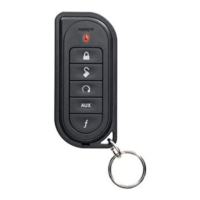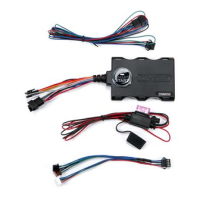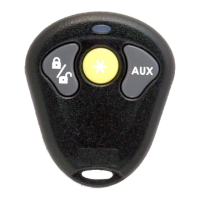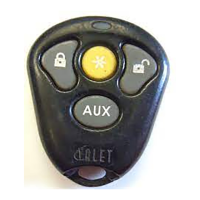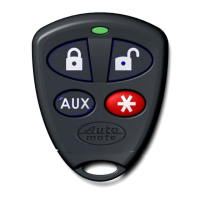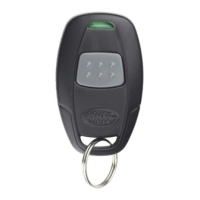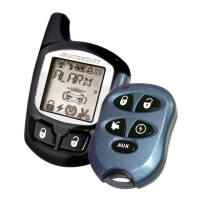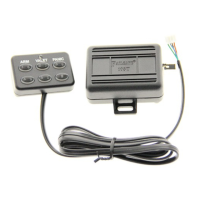30
© 2008 Directed Electronics. All rights reserved.
¢Door lock wire diagrams
Important: Depending on the vehicle, the door locks may be con-
trolled by an optional data bus expansion module. If so, no door
lock interface wiring is required.
There are eight different types of door lock systems (Type A - H).
Type A: Three-wire (+) pulse controlling factory lock relays.
Type B: Three-wire (-) pulse controlling factory lock relays.
Type C: Direct-wired reversing-polarity switches. The switches are wired directly
to the motors. This type of system has no factory relays.
Type D: Adding one or more aftermarket actuators. These include central locking
systems without an actuator in the driver’s door, but with factory actuators in all
the other doors.
Type E: Electrically-activated vacuum systems.
Type F: One-wire system - cut to lock, ground to unlock.
This is a very rare system found mainly in early 90’s imports and some newer
Hyundais.
Type G: Positive (+) multiplex. One wire controls lock and unlock using
resistor(s).
Type H: Negative (-) multiplex. Same as Type G system, but uses (-) pulse in-
stead.
Important: You can use a 456L door lock learn module for Type G
and H, instead of relays and resistors. For additional information and
wiring diagrams see Document 1041 at www.directechs.com under
the Resource tab.
